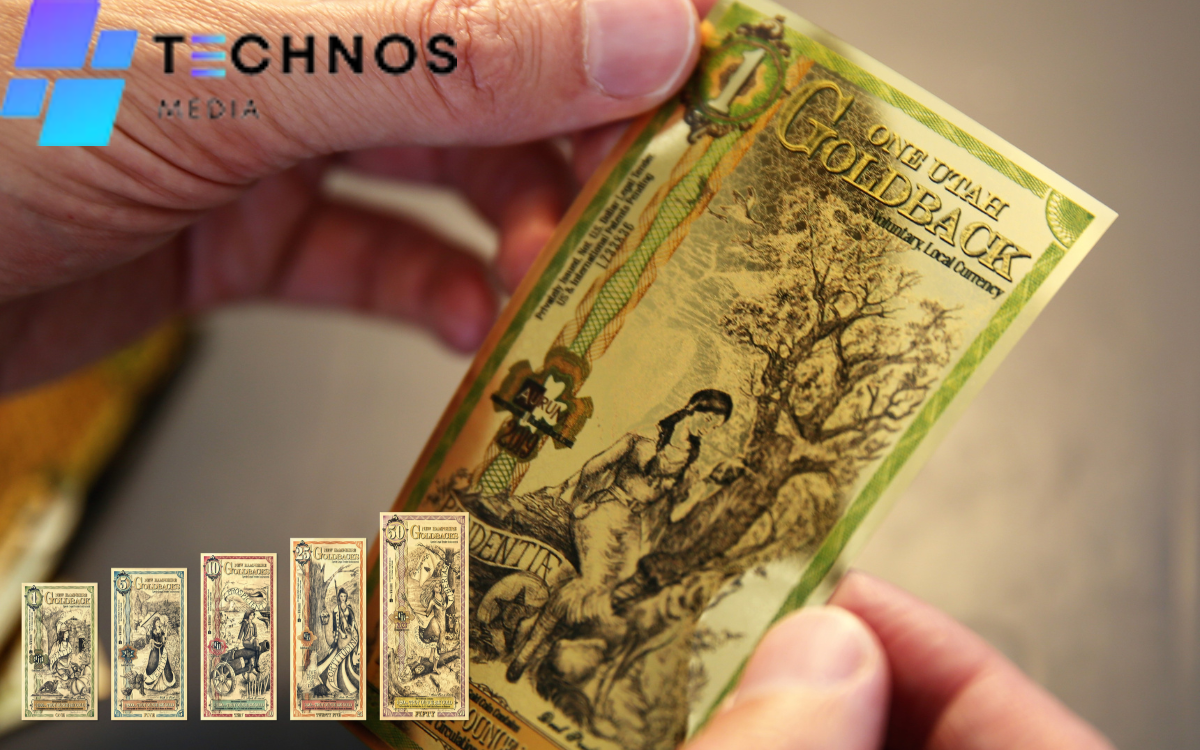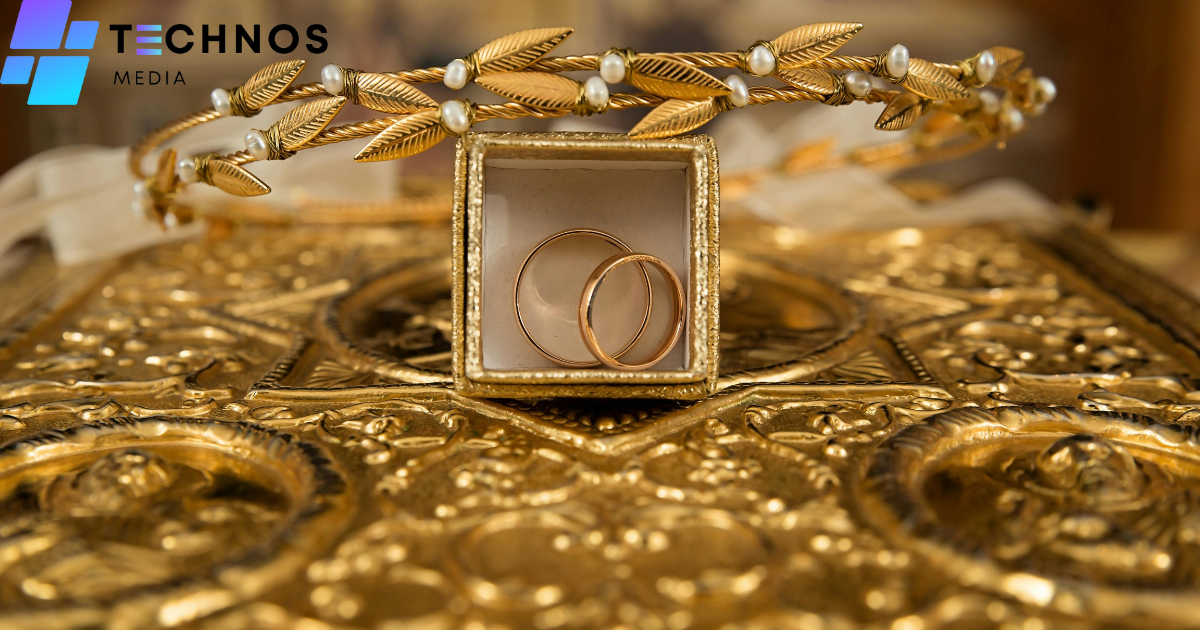Are Goldbacks a Smart Investment for the Future?

Strong 8k brings an ultra-HD IPTV experience to your living room and your pocket.
What Are Goldbacks and How Do They Work?
Goldbacks are a relatively new form of voluntary local currency made with real gold. They are thin, flexible gold notes that come in denominations such as 1, 5, 10, 25, and 50, each containing a precise amount of gold. These notes are designed to be used in everyday transactions, allowing people to spend gold in small, practical increments. Unlike traditional gold coins or bars, which can be difficult to divide and use for smaller purchases, Goldbacks make gold more accessible for daily economic activities.
Goldbacks are produced using a process known as vacuum deposition, in which layers of gold are applied to a polymer sheet, ensuring durability and precise gold content. This makes them a unique and innovative way to own and use gold in a liquid and spendable form.
Why Do People Invest in Goldbacks?
Investors and gold enthusiasts are drawn to Goldbacks for various reasons. First, they offer an alternative to fiat currency, which is subject to inflation and devaluation. Unlike paper money that can be printed in unlimited amounts, Goldbacks retain intrinsic value because they contain real gold.
Another reason investors consider Goldbacks is their portability and divisibility. Unlike gold coins or bars, which require a significant amount of money to purchase and are challenging to use for small transactions, Goldbacks can be spent in small amounts, making them practical for everyday use.
Furthermore, Goldbacks are recognized in some local economies and businesses, creating a unique parallel economy that operates outside traditional financial systems. This makes them particularly attractive to those who want a hedge against economic instability.
Are Goldbacks More Secure Than Traditional Currency?
Goldbacks offer greater security compared to traditional fiat currencies. One of the biggest risks with paper money is inflation, which erodes purchasing power over time. Since Goldbacks are made with real gold, their value is not dependent on government policies or central banks. Instead, their worth is tied to the market price of gold, providing a stable and historically proven store of value.
Additionally, Goldbacks cannot be counterfeited easily. Their advanced production process, which includes precise layering of gold onto a polymer sheet, makes replication nearly impossible. This feature enhances their security, making them a trustworthy alternative to paper money, which can be counterfeited with modern printing technology.
How Do Goldbacks Compare to Gold Coins and Bars?
When evaluating Goldbacks as an investment, it’s essential to compare them to traditional gold forms such as coins and bars. Gold coins and bars have been used for centuries as stores of wealth and investment assets. They are widely recognized and accepted in financial markets, making them a reliable option for long-term wealth preservation.
Goldbacks, on the other hand, offer a unique advantage in terms of spendability. While gold coins and bars are excellent for storing value, they are not practical for small transactions. Goldbacks provide a way to spend gold in a flexible manner, which is not possible with larger gold assets.
However, one drawback of Goldbacks is that they often carry a premium over the spot price of gold. This premium is due to the cost of production and the convenience they offer. While gold coins and bars can be purchased closer to the spot price, Goldbacks may cost more per unit of gold, making them slightly less cost-effective as a pure investment.
Can Goldbacks Protect Against Economic Crises?
One of the most compelling reasons to invest in Goldbacks is their potential as a hedge against economic crises. Throughout history, gold has been a reliable store of value during times of financial instability, currency devaluation, and hyperinflation. Because Goldbacks are backed by real gold, they offer a level of security that fiat currencies cannot provide.
In scenarios where traditional financial systems face disruptions, Goldbacks can serve as an alternative medium of exchange. Since they are already accepted by some local businesses and communities, they could become even more valuable if paper money loses its purchasing power.
Additionally, the decentralized nature of Goldbacks means they are not controlled by any central authority. This independence makes them particularly appealing to those who seek financial sovereignty and protection from government-induced economic turmoil.
Are Goldbacks a Profitable Investment?
The profitability of Goldbacks as an investment depends on various factors, including gold prices, market demand, and premium costs. If gold prices rise over time, Goldbacks will increase in value as well, making them a potentially profitable asset. However, investors must also consider the premium they pay when purchasing Goldbacks.
Unlike traditional gold investments, such as coins and bars, Goldbacks have a higher production cost, which translates into a higher purchase price relative to the gold content. This means that for Goldbacks to be a highly profitable investment, gold prices would need to rise significantly to offset the premium.
Despite this, Goldbacks offer an advantage in terms of liquidity and usability. Because they can be spent in small amounts, they provide a level of flexibility that other gold investments do not. This makes them a practical choice for those who want to use gold as a functional currency rather than just a long-term store of value.
What Are the Risks of Investing in Goldbacks?
As with any investment, there are risks associated with Goldbacks. One of the primary concerns is market acceptance. While Goldbacks are gaining popularity, they are not universally accepted, meaning their use as currency is still limited to specific businesses and regions.
Another risk is the premium cost. Because Goldbacks are priced higher than the spot price of gold, investors may face challenges in recouping their investment if gold prices do not rise sufficiently. This makes them less ideal for those looking to maximize pure gold value per dollar spent.
Additionally, Goldbacks rely on the continued success of the program and their acceptance in commerce. If interest in Goldbacks declines or if businesses stop accepting them, their practicality could diminish, reducing their value as a medium of exchange.
What Does the Future Hold for Goldbacks?
The future of Goldbacks looks promising as more people seek alternatives to traditional currency. As economic uncertainty continues to drive interest in gold-backed assets, Goldbacks may see increased adoption in local economies and even broader financial markets. If more businesses and individuals start using Goldbacks for transactions, their demand and value could rise.
Furthermore, technological advancements in gold processing could lead to cost reductions, making Goldbacks more affordable for investors and consumers. This would help expand their use and acceptance, strengthening their role as a practical gold-based currency.
Conclusion: Should You Invest in Goldbacks?
Whether Goldbacks are a smart investment depends on your financial goals and risk tolerance. If you are looking for a convenient and flexible way to hold and use gold, Goldbacks offer unique benefits that traditional gold investments do not. Their spendability, security, and resistance to inflation make them an attractive option for those seeking financial stability.
However, if your primary goal is maximizing gold ownership at the lowest possible cost, traditional gold coins and bars may be a better choice due to their lower premiums. Investors should carefully weigh the advantages and risks before deciding whether to incorporate Goldbacks into their portfolio.
Ultimately, Goldbacks represent an innovative approach to gold ownership, providing a bridge between gold’s historical value and modern economic needs. As interest in alternative currencies grows, Goldbacks could play a crucial role in shaping the future of gold-backed transactions.
Note: IndiBlogHub features both user-submitted and editorial content. We do not verify third-party contributions. Read our Disclaimer and Privacy Policyfor details.







